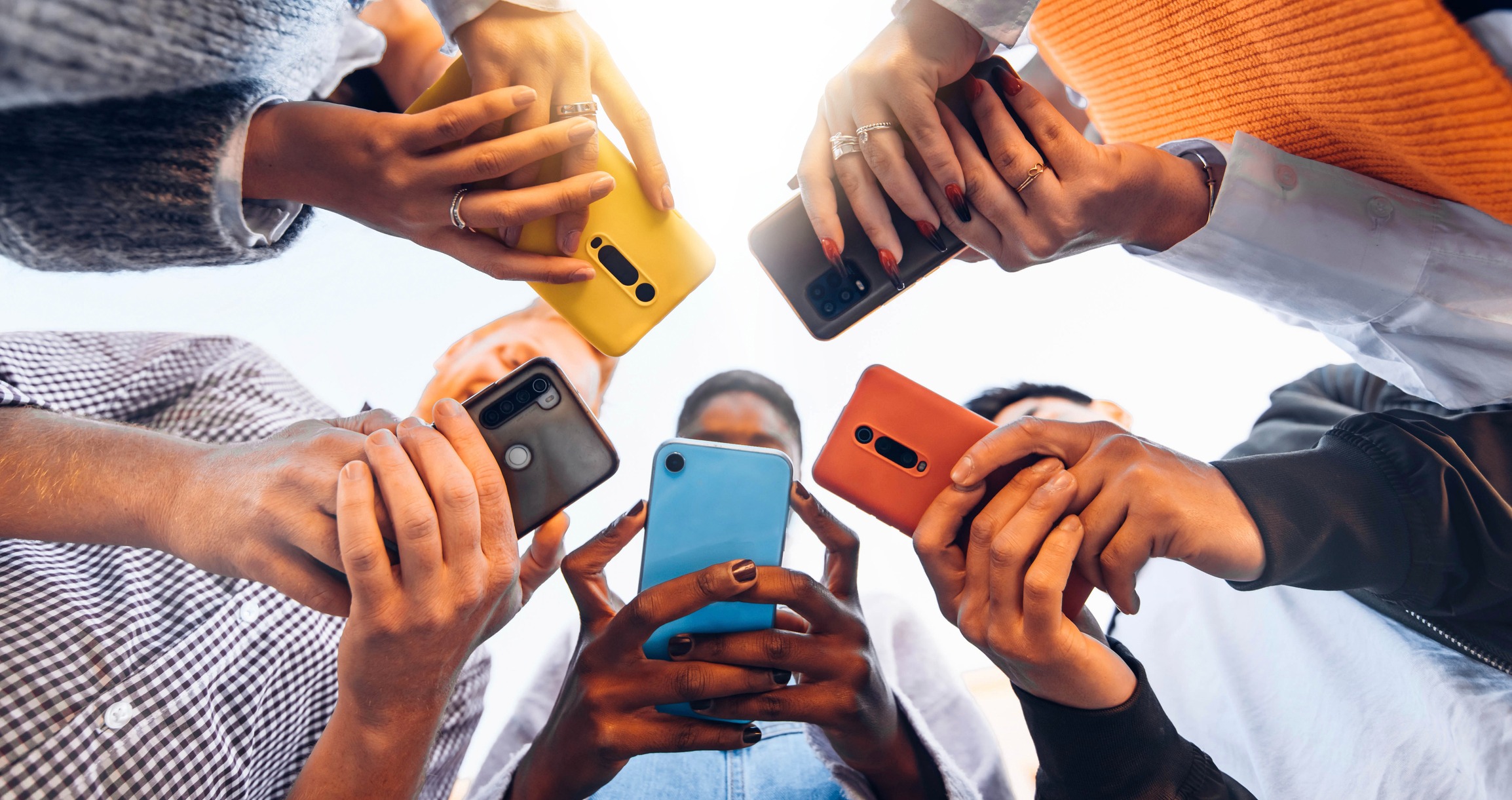Teen suicide rates are rising. Is social media to blame?
MDlinx May 11, 2023
Teen suicide rates dramatically increased over the last decade, following a previous downtrend the decade before and correlating with the rise of social media.

A new study conducted by researchers at Florida Atlantic University’s Schmidt College of Medicine found that suicide rates from 13 and 14-year-olds more than doubled from 2007 to 2018 after a decline from 1999 to 2007, becoming the leading cause of death in that age group in the U.S.
Florida Atlantic University. Alarming Rates of Teen Suicide Continue to Increase in the U.S. April 26, 2023.
Braghieri L, Levy R, Makarin A. Social Media and Mental Health. American Economic Review. 2022;112(11):3660-3693. doi:10.1257/aer.20211218
The data revealed “temporal correlates with social media, school stress, and firearms,” Sarah K. Wood, MD, senior author of the study, said in a press release.
“While further analytic studies are needed, there are certainly important clinical and public health implications based on our study findings,” added Wood.
Popular social media sites Reddit, YouTube, Twitter, Facebook, Myspace, and Tumblr were all launched in the early 2000s and before the spike in teen suicides. These were followed by Instagram in 2010, Snapchat in 2011, and TikTok in 2016.
The study also found that non-metropolitan areas had higher suicide rates than cities and that firearm-assisted suicides were more common in rural areas.
Social media’s impact on suicide
Multiple studies have linked social media to negative mental health issues like depression, anxiety, loneliness, and trouble sleeping.
“There's really not a lot of validating support or affirming messages coming from it,” says Aaron Kelsay, LPC, CADC-1, a licensed counselor at Progress Counseling in Portland, OR, who specializes in working with adolescents overcoming trauma and addictions of social media platforms.
Kelsay adds that apps can skew people’s sense of self by presenting them with “images of perfection” that can spawn comparisons and reinforce toxic messages like “you’re not good enough,” “you’ll never be good enough.”
Pandemic trauma may increase risks further
While the study did not look past 2018, some mental health experts say that the pandemic may have furthered rises in teen suicidology.
“People who are 14, 15, 16, 17, now, were at a vulnerable developmental stage when the pandemic hit,” says Kelsay. “And I think a lot of those young people caught messages of ‘the world isn't safe,’ ‘the world is out of control,’ or, ‘there's danger everywhere.’”
These messages, paired with increased social media use during the beginning of the pandemic and COVID-19’s physical and emotional toll, may have created a perfect storm for deteriorating mental health issues and suicidology.
Rosen AO, Holmes AL, Balluerka N, et al. Is social media a new type of social support? social media use in Spain during the COVID-19 pandemic: A mixed methods study. International Journal of Environmental Research and Public Health. 2022;19(7):3952. doi:10.3390/ijerph19073952
A 2022 Youth Resilience Report report by Crisis Text Line, a national nonprofit that provides 24/7 text messaging support to mental health emergencies, found that mental health-related emergency department visits increased by 31% for 12 to 17-year-olds between 2019 and 2020.
What can physicians do to turn the trend around?
Sometimes, when people notice that a teen suspects that social media is impacting their teen’s mental health, they try to remove the issue or take away social media outlets. But Kelsay says this isn’t always the good solution, it seems.
“A lot of parents want to take away their phone—but that would be like taking away their life,” he adds. “If you don't have a cell phone, it's almost like you don't exist as a friend.”
Most teens Kelsay works with are “very aware of what it does to their brain chemistry,” —but they aren’t ready to give it up, either.
With that in mind, addressing suicide risks in teens should start with adding things to the conversation, not taking them away. This can include having an open dialogue with teens about how apps impact them and checking in about their mental health more generally.
To do this successfully, Shairi Turner-Davis, MD, MPH, chief health officer at Crisis Text Line, stresses the importance of adding or prioritizing routine mental health screenings during primary care visits and increasing accessways for underserved communities. She adds that the responsibility of saving the nation’s teens is no simple task, and the work should not fall to physicians alone. Insurance companies also need to step up to help fund visits and screenings. Parents can begin to educate themselves on warning signs and how to engage in conversations about suicide and self-harm.
“It is an all-hands-on-deck moment that we are facing in our nation,” says Turner-Davis. “We cannot continue to lose our children.”
What this means for you
Teen suicide rates have increased in recent years, and social media may be to blame. Having open conversations with patients about suicidal thoughts and conducting routine mental health check-ins may help address issues before they turn deadly.
-
Exclusive Write-ups & Webinars by KOLs
-
Daily Quiz by specialty
-
Paid Market Research Surveys
-
Case discussions, News & Journals' summaries